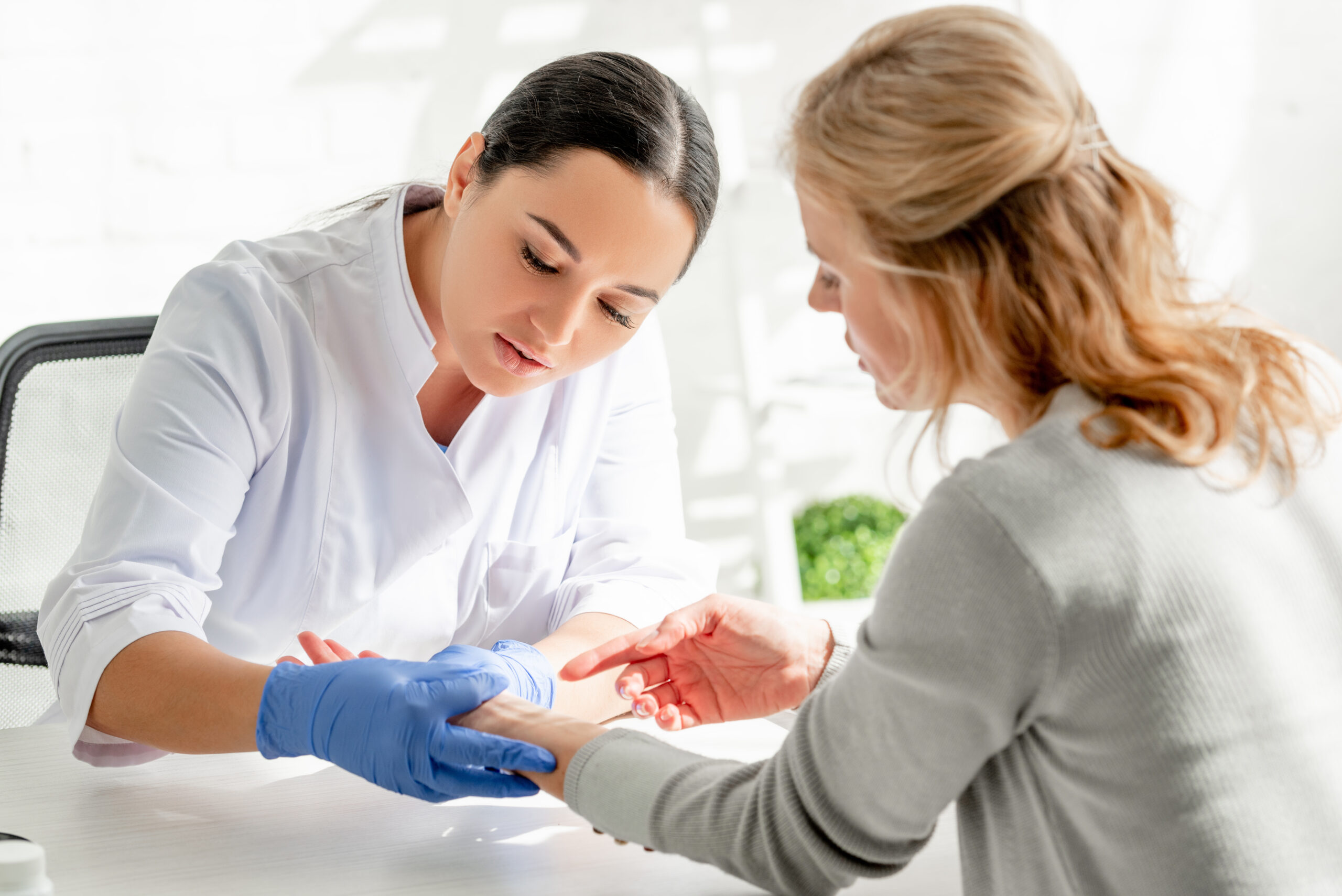Butterfly disease is a rare condition of the skin in which the patient’s skin bubbles into blisters under a small amount of pressure, making the skin very fragile. It affects only around one in every 17,000 births worldwide, making testing for a cure even more of a challenge. Currently, no real solution exists for the disease. Patients have to tend to the blisters as they arise by putting ointment on the blisters and bandaging them to make sure the skin remains clean. However, this persists as a tedious and painful daily occurrence for the patient.
The wounds can reopen for days, months, or even longer and may lead to life-threatening infections, limb deformities, or even squamous cell carcinoma, a type of cancer. Although there is no cure for the disease, researchers may have found a method of gene therapy that can help heal the wounds. The new gene therapy is called Beremagene Geperpavec (B-VEC), and it treats a subtype of butterfly disease named dystrophic EB, where the gene COL7A1 is mutated. The gene usually codes for collagen, but once it gets mutated it loses its stability so that when skin layers rub against each other, they blister.
Patient Attending to a Blister
Image Source: SanyaSM
B-VEC works by administering normal copies of COL7A1 into the patient’s skin in the form of a gel. B-VEC contains a type of the cold sore virus (herpes simplex virus 1)which carries two copies of COL7A1 and avoids the immune system resulting in a lower likelihood of adverse reactions after multiple uses of B-VEC. The results of the new gene therapy study showed that after three months, 71% of the wounds treated with B-VEC had healed completely, whereas only 20% of the placebo-treated wounds had healed.
Although this study was only done with 28 participants, the findings clearly show promise regarding this gene therapy option. With additional testing on a larger amount of patients, B-VEC could be the first at-home treatment for this unique and detrimental disease.
Featured Image Source: LIGHTFIELD STUDIOS










